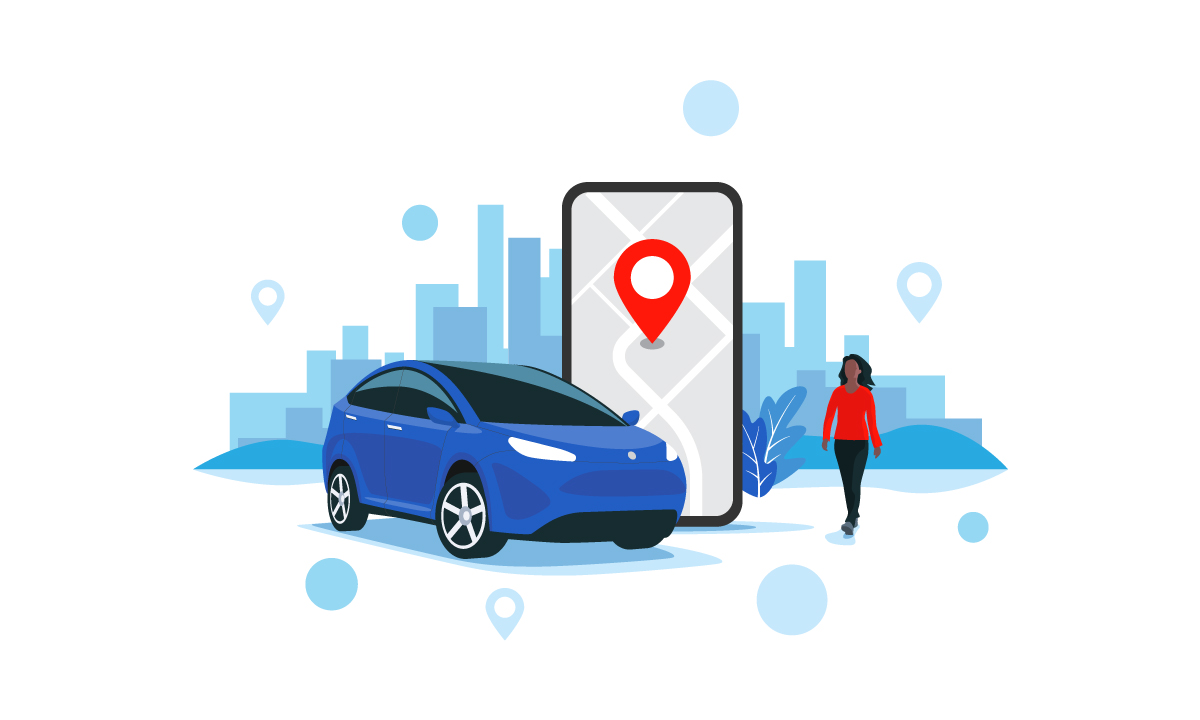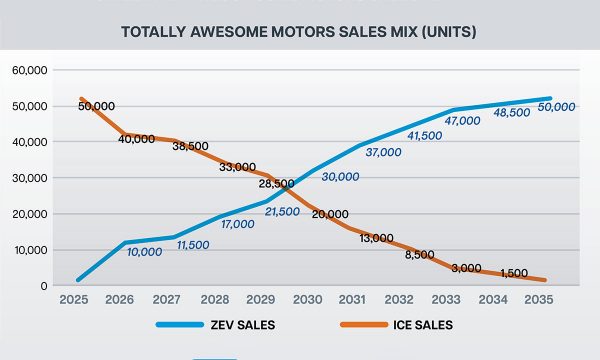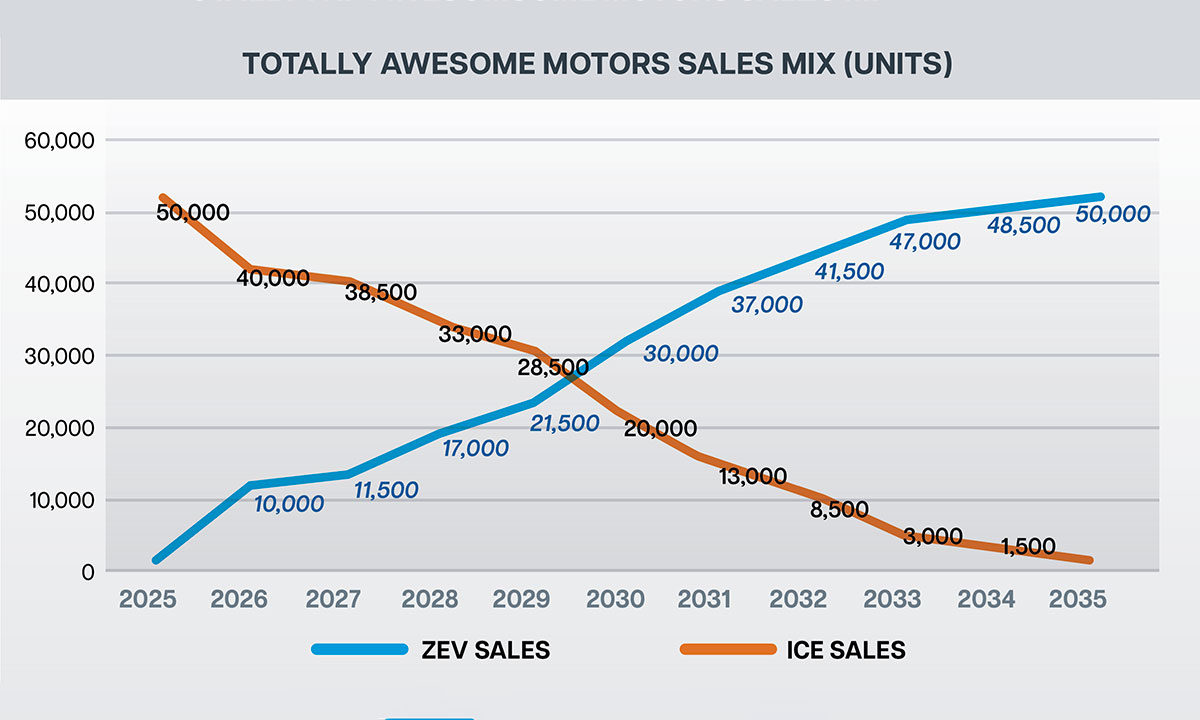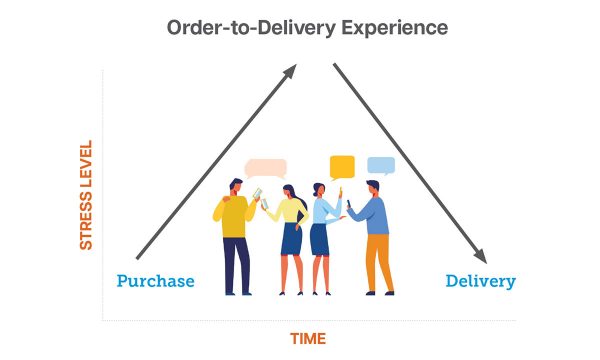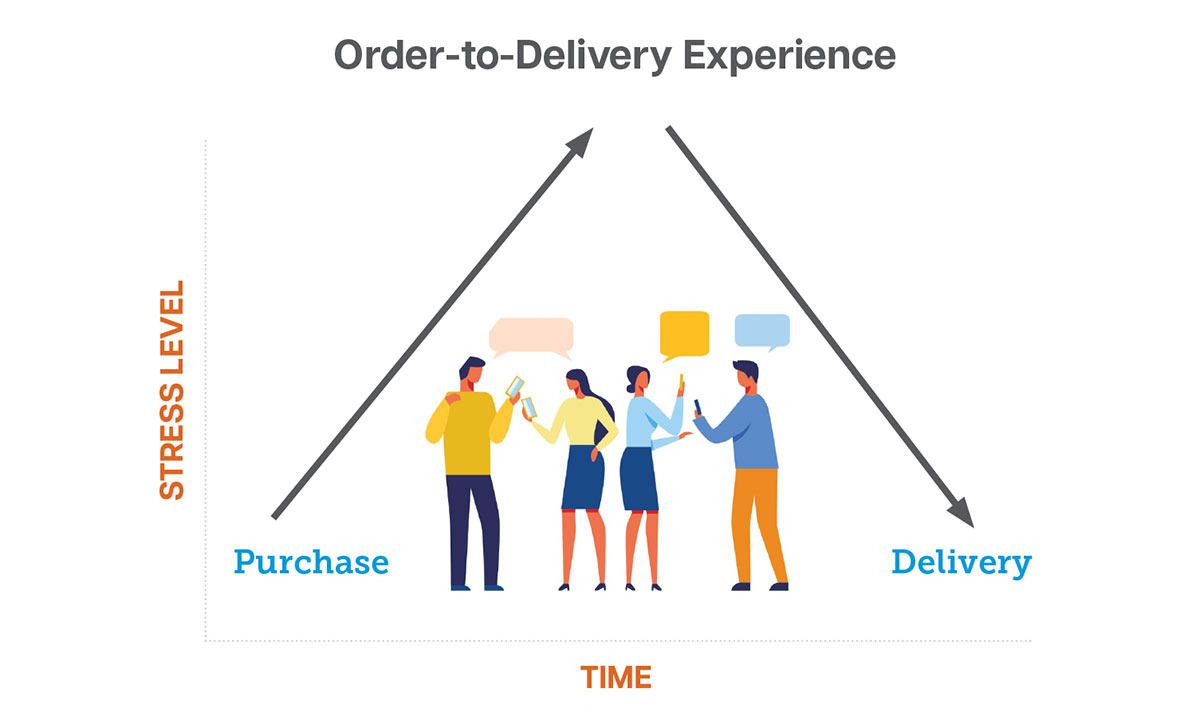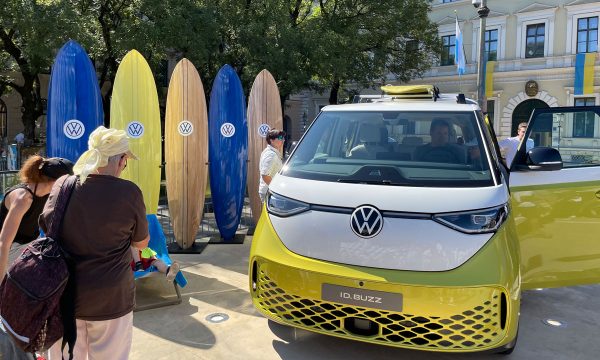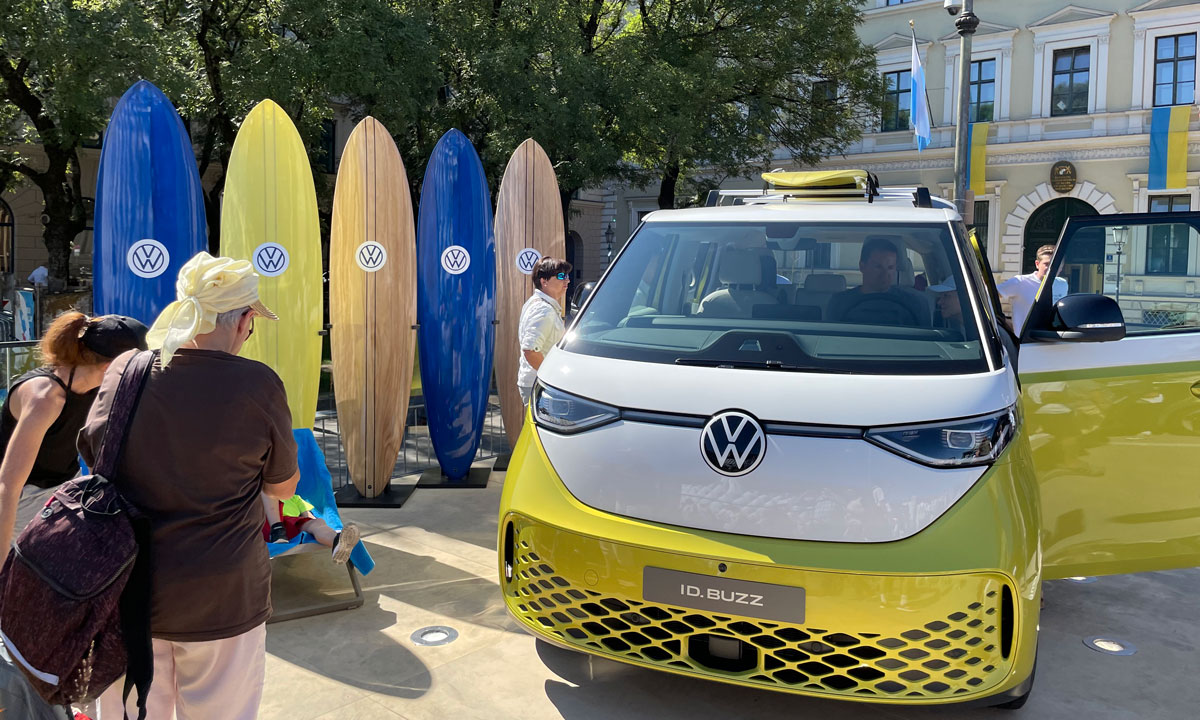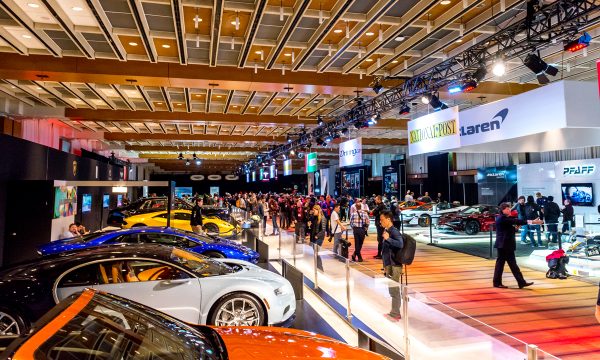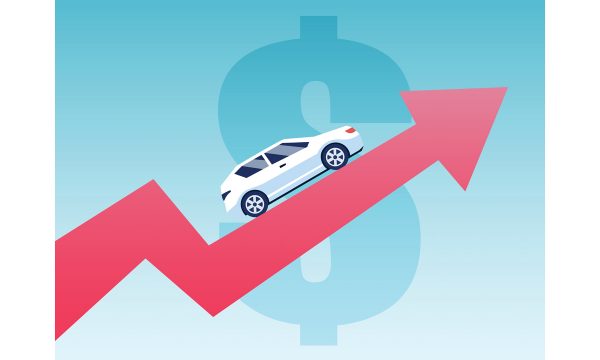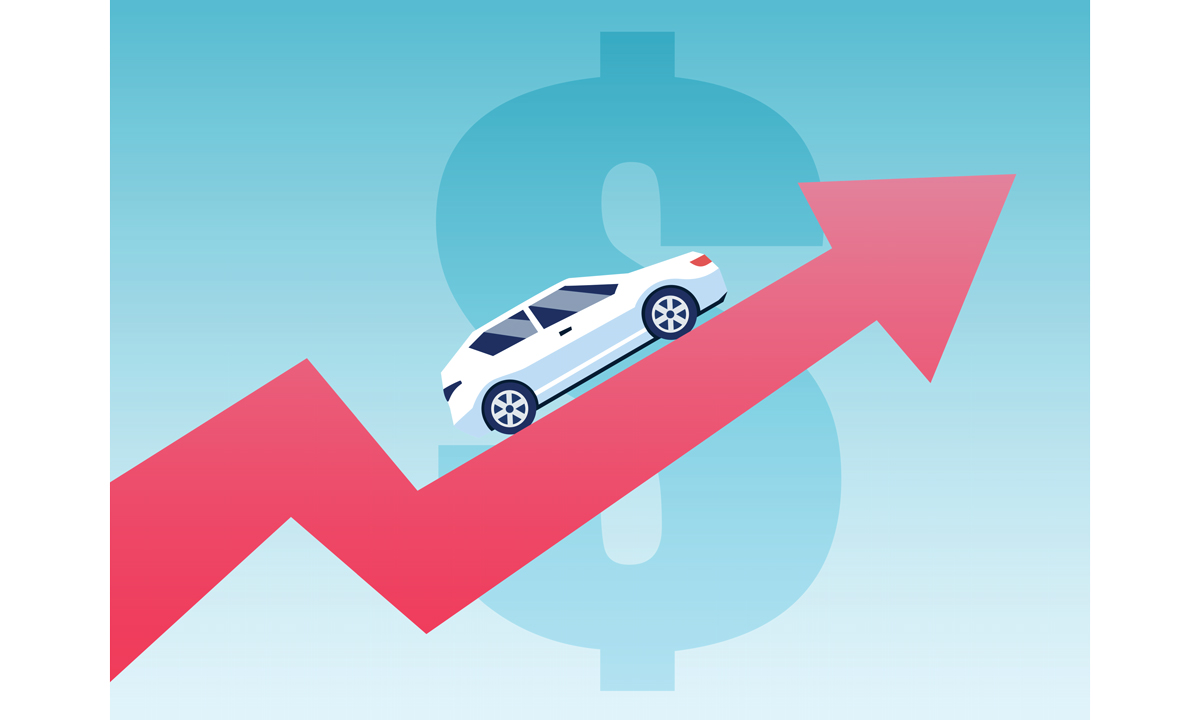How can dealers manage the new subscription-based upgrade model without alienating consumers?
Herbert Diess, former CEO of The Volkswagen Group, commented at the end of June that global revenues for the automotive industry are forecast to reach circa CAD $6.5 trillion by 2030, up from CAD 2.6 trillion today, with around 25 per cent coming from software-enabled revenues. He stated that the future of the Volkswagen Group is not merely reliant on building well-designed vehicles, but as a manufacturer of edge devices, providing connected mobility solutions for a rapidly changing market.
As consumers increasingly look forward to a world of autonomous driving, the in-car experience will become more important and lucrative for service providers. Volkswagen’s investment in its own underwhelming, proprietary software solution, CARIAD, which was possibly one of the key reasons for Dr. Diess’ recent departure, highlights the importance Volkswagen places on winning the in-car software battle.
Indeed, OEMs across the globe are increasingly looking at how they can evolve their business models beyond selling vehicles via a franchised network, to managing fleets and ensuring recurring revenues are generated throughout the lifespan of each vehicle.
Vehicle-as-a-Service (VaaS) is becoming a common mantra from leading OEMs as they look at transitioning away from the traditional sales model with the dealer as their end customer to a more direct connection with end-customers via an increasingly complex array of intermediaries.
The move away from a purchase finance and lease model to a subscription approach is driven by the increasing need for OEMs to find alternative revenue streams with richer margins partly to help invest in new EV initiatives, as well as counter the lower service revenues being generated by BEVs.
Research from Germany-based automotive consultancy, Berylls Strategy Advisors, expects a third of Gen X and half of Gen Z EV buyers will take-up a VaaS offering. With each subsequent subscription for the same vehicle offering incremental onboarding profits, Berylls expects the long-term profitability for OEMs to increase by 40-50 per cent with VaaS.
This subscription model has naturally created a run of new providers entering the space, including Finn, Sixt and VivelaCar in Germany, Flexigo, Onto and WagonEx in the UK, as well as OEMs like Audi, Jaguar, Land Rover, Lexus, Lynk & Co and Porsche providing direct subscription offerings. Volkswagen recently purchased Europcar, a major rental provider in Europe, as a base to offer subscription vehicles to their customers.
The subscription model is attractive to customers as it offers greater flexibility and transparency to the ownership experience, with a simple-to-understand monthly payment plan, inclusive of insurance, taxes and maintenance costs and the ability to hold the vehicle for only one month or over several years based on individual customer requirements.
However, as attractive as VaaS is for customers, the jury is clearly out when it comes to advancing the option to include actual features in the car.
Subscription-based upgrades have worked for other industries such as gaming. For example, 30 per cent of revenue from Electronic Arts’s highly successful FIFA 2020 game came from its Ultimate Team payment add-ons. Printer manufacturers moved away from making money from the product, rather now from their high-margin OES replacement toners, and Nestlé reinvented the coffee business model with the introduction of Nespresso capsules. However, for vehicles, the change in approach may be harder to achieve due to the far higher prices, emotional attachments, safety concerns, as well as image questions that play in the customer’s mind.
BMW ignited indignation recently in some European markets when it was discovered that the brand was charging extra for front heated seats in selected models and markets. This approach would be inconceivable in Canada and other cold climate markets. However, for the OEM, it was an example of how it can look at connected services as additional features, with the required hardware already embedded in the vehicle as part of a manufacturing efficiency process, initiated and charged for through over-the-air (OTA) updates.
Audi, Mercedes-Benz, Tesla and other premium automotive brands are also offering connected services be it: Remote Parking Assist, Beginner and Valet Modes or Adaptive High Beam Assist by Mercedes-Benz in some key markets, or Tesla with Enhanced Autopilot (EAP) in Canada. Such additional features can be seen as offering more choice to the customer.
From a remarketing standpoint, being able to add-on a popular feature at a click of a button can be a powerful tool to lock in a new subscriber or buyer, as well as new software features that can be remotely updated into a used vehicle that could add instant value to the car. However, how does it work for the end-customer?
Interestingly, across different industries we have seen divergent trends. Some companies are trying to make the customer’s life easier with simplified price points, and with no hidden charges—think Airbnb, Discover Bank, Genesis, Uber, Zappos. Or, consider the more differentiated approach, where customers are offered a base price—say, on an airline booking—and then subsequently asked to pay for additional ‘standard’ features, including seat selection, airport charge, baggage and/or booking fee alongside ‘additional’ features, like lounge access, advance boarding, travel insurance, and even pre-ordered food on board or a text message confirmation. Though providing choice, it never leaves the customer feeling particularly happy with the final price unless they go for the very basic option. It certainly doesn’t feel like a premium or luxury experience.
In German, they refer to perceived unfair incremental increases in the base price, with hidden additions as Abzocken, or in English a ‘rip-off’. The sense that the OEM is trying to find every way to charge extra, even at very low amounts to build up a larger revenue stream per customer. Naturally, it can be argued that all these features are bespoke options, but with a car, and especially a premium vehicle, it may be expected that some of the optional features should be standard. Moreover, for core infotainment and comfort, as well as all safety features, it is hard not to expect them from a premium brand included in the base price.
Adding complexity to the sales or subscription process may be attractive for the OEM in terms of incremental revenue, but for the dealer trying to communicate the value of each additional upgrade it may be harder to achieve than expected. A recent North American example is GM’s decision to require a three-year subscription to OnStar and GM Premium Connected Services for all 2023 model year Cadillac, Buick and GMC vehicles. Dealers were put in an awkward position trying to explain why these previously optional services were now mandatory. Many US customers cancelled their pre-ordered vehicles. In Canada, GM recently changed the approach to include these services as part of the MSRP, at least for Cadillac vehicles—for now.
Moreover, any transfer of ownership needs to be handled efficiently with no surprise costs to both the former and new owner. Who wants to keep paying for a feature they either don’t use, can’t use, or don’t want?
Although such subscription services are only in the nascent stage in Canada, the trajectory is clear from some major OEMs. The opportunities to gain greater earnings from VaaS is surely attractive for both new and established players, alike, but it also highlights a challenge to some traditional players who may be squeezed out of the market.
While the increased complexity of the ownership experience will be interesting to follow, for it to be accepted without hurting a brand’s image, it needs to be seen to add value for the customer, and not a burden. In essence, it requires an effective communication strategy on why some features are standard and others are additional cost-based items. In the end, the customer needs to feel they own the experience and are gaining the best value whatever the price-point. Dealers are in the best position to accomplish this objective, being closest to the customer, at least in the transition period towards what is expected to become a VaaS future.
